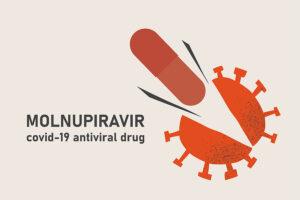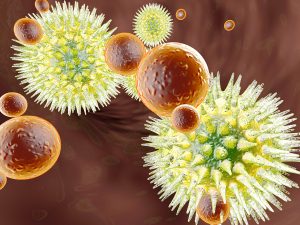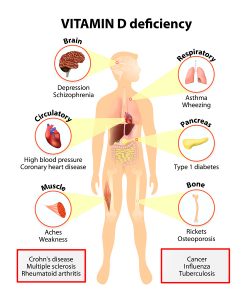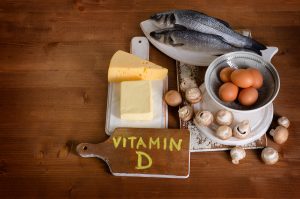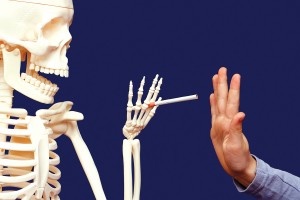This article deals with drugs that may be useful in the treatment of Covid-19. There are several drugs that may be useful in the treatment of Covid-19. Lately an antidepressant like Luvox has been in the limelight. But antiviral drugs like ritonavir from Pfizer and remdesivir from Gilead Sciences also reduced the number of hospitalized patients with Covid-19. Finally, Merck introduced molnupiravir, an antiviral drug against Covid-19. The health authorities in Great Britain recently approved this drug for use in Covid-19 patients in Great Britain. Apart from drugs, vitamin D3 is still an important factor in preventing and treating Covid-19 as I will mention below.
Luvox for better survival from Covid-19
The Lancet published a study on January 2022 about the effect of Luvox on patients with Covid-19 symptoms. 741 patients received the antidepressant Luvox, 756 received placebo pills. In the Luvox group patients received 100 mg of Luvox twice per day for 10 days. From the Luvox treated patients only 11% had to go to tertiary care for treatment. In contrast, from the placebo group 16% had to go to tertiary care. There were 17 deaths in the Luvox group and 25 deaths in the placebo group. The Luvox group definitely showed a positive effect, although the results were not outstanding. In the following I am discussing other drugs that may be useful in the treatment of Covid-19.
Antiviral agent Remdesivir Improving survival from Covid-19
Here is a run-down of the survival statistics with remdesivir. This drug is manufactured by Gilead Sciences in cooperation with Pfizer. 541 patients received a loading dose of 200 mg on day 1. Subsequently they received 100 mg daily for another 9 days. 521 received placebo pills. The median recovery time in patients with remdesivir was 10 days. Those on placebo pills recovered only after 15 days. The mortality rates were 6.7% with remdesivir and 11.9% for the placebo group on day 15. There was a mortality of 11.4% with remdesivir and mortality of 15.2% with placebo pills on day 29. Although the effect between the remdesivir group and the placebo group was significant, the effect would not be enough to stop transmission of the virus on a population basis. Health Canada made the decision to use remdesivir in severe COVID-19 disease cases.
Merck introduced molnupiravir, another antiviral drug against Covid-19
Molnupiravir was approved in the UK as an antiviral drug for early and moderately severe cases of Covid-19. It is difficult to get data on the Merck’s molnupiravir drug. But this publication states that there is a 50% reduction of mild to moderate cases of Covid-19 cases with molnupiravir. Professor Peter Horby from the University of Oxford pointed out “the proportional reduction in the risk of hospitalisation or death is impressive. But it is important to remember that the absolute risks were 14% reduced to 7%, so quite a lot of people need to be treated to prevent one hospitalisation or death.” Others pointed out that the side-effects are very similar between placebo pills and molnupiravir pills. Overall molnupiravir appears to be a useful addition in the treatment of Covid-19.
Higher doses of vitamin D3 effective in treating and preventing Covid-19
Higher doses of vitamin D3 will mitigate the course of influenza and of Covid-19 coronavirus. Researchers outlined 3 mechanisms of how vitamin D works:
- Maintaining tight epithelial junctions making it more difficult for the Covid-19 coronavirus to penetrate.“
- Killing enveloped viruses through induction of cathelicidin and defensins.” These powerful antiviral polypeptides can kill viruses that have invaded the bloodstream within 1 to 2 days.”
- And reducing production of proinflammatory cytokines by the innate immune system, thereby reducing the risk of a cytokine storm leading to pneumonia.” It is people who get the viral pneumonia that are at a high risk of death. By bringing the blood level up to the higher range of normal, between 50 and 80 ng/mL, patients that have encountered Covid-19 coronavirus are more likely to survive.
Conclusion
Beside distancing, the wearing of masks and frequent hand washing other methods are emerging to fight the virus that causes Covid-19. Vaccinations are very effective, although they are less effective in patients with a weakened immune system. But there are also drugs that may be useful in the treatment of Covid-19. Newer studies have shown that the antidepressant Luvox has a mild effect on helping Covid-19 patients. Last year remdesivir came into the market. And this year Merck added molnupiravir, another antiviral pill. We should not forget that vitamin D3 is an effective antiviral vitamin. But it is only effective, provided the patient takes enough vitamin D3. The blood level must reach the high normal level of 50-80 ng/mL vitamin D in the blood. Up to now vaccinations and booster shots are the most effective way to prevent Covid-19 infection. Vitamin D3 and molnupiravir are also very effective.
Part of the above was previously published here.
